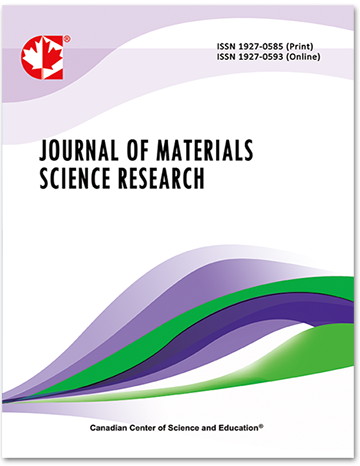Effect of Membrane Properties on Performance of Membrane Distillation for Ammonia Removal
- Zongli Xie
- Manh Hoang
- Tuan Duong
- Derrick Ng
- Puyam Singh
- Paramita Ray
- A. V. R. Reddy
- K. Parashuram
- S. Maurya
Abstract
Membrane distillation (MD) has received much attention in recent years as an alternative technology for the removal of volatile compounds from industrial waters. The microporous hydrophobic membrane utilised in MD allows only vapour passing through and the process selectivity is essentially determined by the liquid-vapour equilibrium conditions existing at the liquid-membrane interface. In this study, a series of asymmetrically structured polyvinylidene fluoride (PVDF) hollow fibre membranes were fabricated and tested for the removal of ammonia from simulated industrial wastewater. The asymmetric membranes contain very thin skin layer with macrovoids supported underneath. Hollow fibre MD modules with membrane area of 0.06 m2 have been assembled and tested for dilute aqueous solutions containing ammonia at concentrations <1000 mg/L. The membranes were characterised in terms of porosity, thickness, hydrophobicity, water permeability, surface roughness and zeta potential. Sweep gas MD configuration was employed for all experiments and >90% ammonia removal could be achieved. The results from the MD experiments were compared and the effect of membranes characteristics was discussed.- Full Text:
 PDF
PDF
- DOI:10.5539/jmsr.v1n1p37
Journal Metrics
Impact Factor 2022 (by WJCI): 0.583
Google-based Impact Factor (2021): 0.52
h-index (December 2021): 22
i10-index (December 2021): 74
h5-index (December 2021): N/A
h5-median (December 2021): N/A
Index
- CAS (American Chemical Society)
- CNKI Scholar
- Elektronische Zeitschriftenbibliothek (EZB)
- EuroPub Database
- Excellence in Research for Australia (ERA)
- Google Scholar
- Infotrieve
- JournalTOCs
- LOCKSS
- NewJour
- PKP Open Archives Harvester
- Qualis/CAPES
- SHERPA/RoMEO
- Standard Periodical Directory
- Universe Digital Library
- WJCI Report
- WorldCat
Contact
- John MartinEditorial Assistant
- jmsr@ccsenet.org
